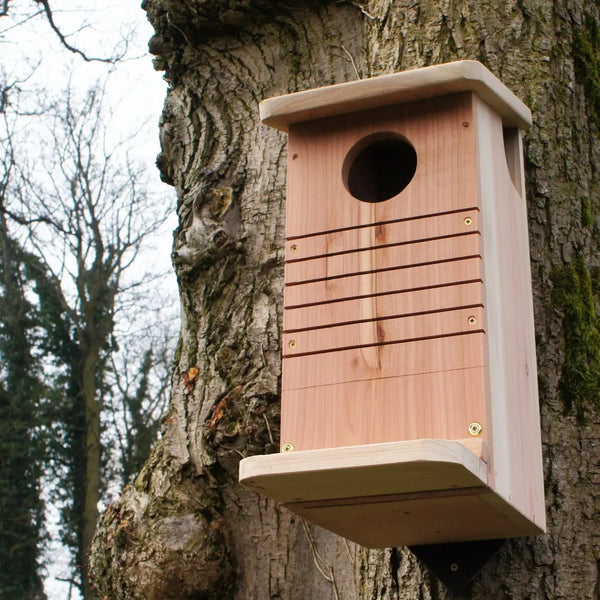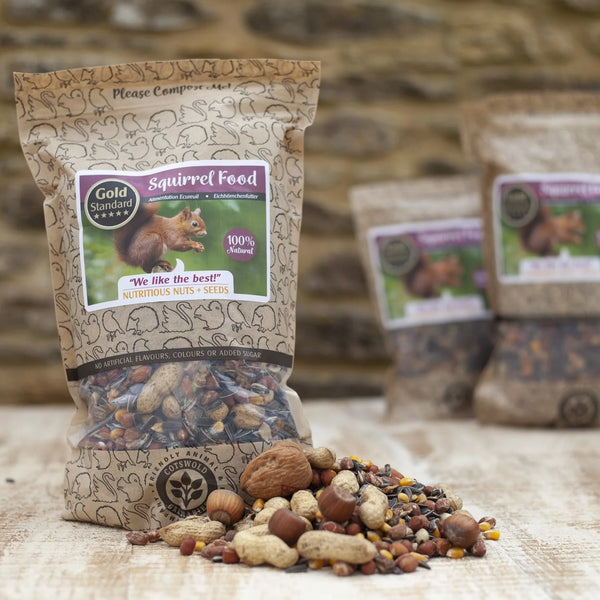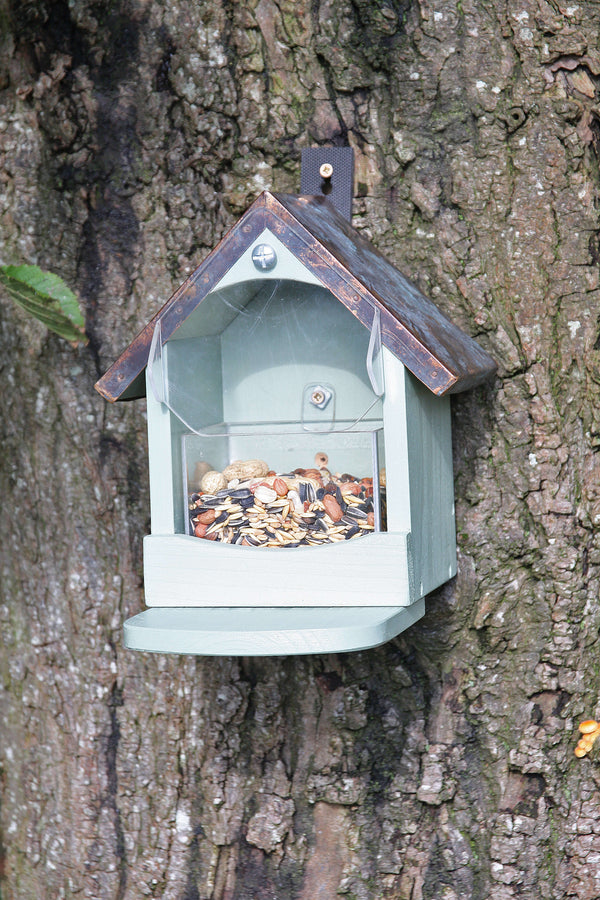All you need to know about Squirrel Nests
In the cavities of trees and on branches, Squirrels are hiding away in their cosy nests, raising their young, huddling together to keep warm, resting and storing food for when it becomes scarce.

In the wild, these creatures have homes just like us, and they exhibit some really curious behaviours when it comes to their nesting. Looking similar to bird nests, a Squirrel nest is a cleverly constructed place for these animals to raise their young.
Using weaving, bundling, and interlocking, Squirrels build nests to withstand harsh weather conditions, once built, the maintenance doesn’t stop there, Squirrels are regularly seen adding fresh materials to reinforce their walls.
Although they are sometime’s cheeky and disliked for stealing from bird feeders, the Grey Squirrels ability to build their nests to the standard they do is quite spectacular, and we’ve pulled together everything you need to know about Squirrels nests.
Squirrels have a summer nest and a winter nest. The Summer nest is usually made from lighter materials as they don't need as much protection from harsh weather.
What is a Squirrel Nest called?

Depending on their construction and location, Squirrel nests are referred to as different names.
Drey
The most common type, a drey, refers to a nest in the tree branches. Usually made of twigs, leaves, moss and other bits and bobs, a Squirrel Drey forms a spherical shaped structure.
Typically, these kinds of nests are used for shelter, protection and as a safe space for raising their young. Both Red Squirrels and the Grey Squirrel lives in Dreys.
Tree Den
A tree den is a nest located within a natural cavity or hollow space in a tree trunk or branch. Squirrel's nests may inhabit existing tree cavities or they might modify them to create suitable nesting sites.
Tree dens offer squirrels protection from predators and the elements and are often used as winter retreats.
Ground Burrow
In addition to nests built in trees, some squirrel species, such as ground squirrels, construct underground burrows for nesting. These burrows consist of interconnected tunnels and chambers dug into the soil or vegetation. Ground burrows provide squirrels with protection from predators and serve as safe havens for raising young and storing food.
Squirrels Nest Vs Bird Nests
Dreys (Squirrel nest) and bird nests showcase differences in construction, location, shape and function.
A Squirrels nests is woven twigs, leaves, moss and grass, with a soft inner layer made from materials like pine needles, and is nestled within the branches of trees. Providing shelter and protection for young and adult Squirrels. Squirrel nests are generally smaller and more compact, resembling spherical or oval-shaped balls of twigs and leaves. These nests serve as multi functional spaces for resting, sleeping, raising young, and storing food.
In contrast, bird nests are constructed using a diverse array of materials, including twigs, grass, leaves, mud, feathers, and even human-made materials like string or paper. Birds exhibit a wide range of nesting behaviours, with nests varying in shape, size, and construction depending on the species. Bird nests can be cup-shaped, platform-like, dome-shaped, or even hanging structures, tailored to the specific needs and behaviours of each bird species.
Nesting Behaviour
Typically, Squirrels nest alone. However, there are some occasions where they will be found in a nest with other animals.
During the breeding season, which takes place at the beginning of the year, female and male Squirrels will find a pair and nest with them for the season.
When the weather begins to get really cold, some Squirrels will come together in nests to conserve their body heat.
Do Squirrels Hibernate?
Squirrels do not hibernate during the winter weather, and both red Squirrels and grey Squirrels are active during the day all year round.
During the winter months, Squirrels do behave differently: they huddle together, sleep more regularly, and rely on their food cache to keep them going.
Nesting Challenges and Threats
In the wild, Squirrels face several challenges and threats related to their nesting and these can impact their survival and breeding success.
Storms, heavy snowfall and prolonged cold spells can damage nests and make it difficult to find food. This is a challenge they are facing more now with climate change affecting weather conditions.
Habitat loss is also reducing the availability of nesting sites and foraging areas, putting pressure on Squirrel populations. Squirrel Nest boxes are being used more regularly and are a great way to ensure local Squirrels have a safe space to nest.
In the UK, native Red Squirrels face competition from the invasive grey squirrels. Grey squirrels are more adaptable and often out compete red squirrels for food and nesting sites. High population densities can lead to competition among Squirrels of the same species for limited resources.

Tips for Supporting Squirrel Nests
In urban areas, there are some ways we can help Squirrels continue to thrive. Planting a variety of native trees, especially those that produce nuts and seeds, provides both food and nesting sites. Oaks, beech, and hazel trees are excellent choices.
Wherever possible, we need to preserve mature trees. These trees often have the natural cavities used for nesting.
Provide artificial nesting sites by installing squirrel boxes. These should be placed high in trees, away from predators, and filled with suitable nesting materials like dry leaves, straw, and soft grasses. Alongside this, you can also leave natural materials (fallen leaves, twigs and bark) to remain on the ground so Squirrels can build dreys.
Set up Squirrel feeders with peanuts, seeds, and fruits to supplement their diet, especially in winter when natural food sources are scarce.










